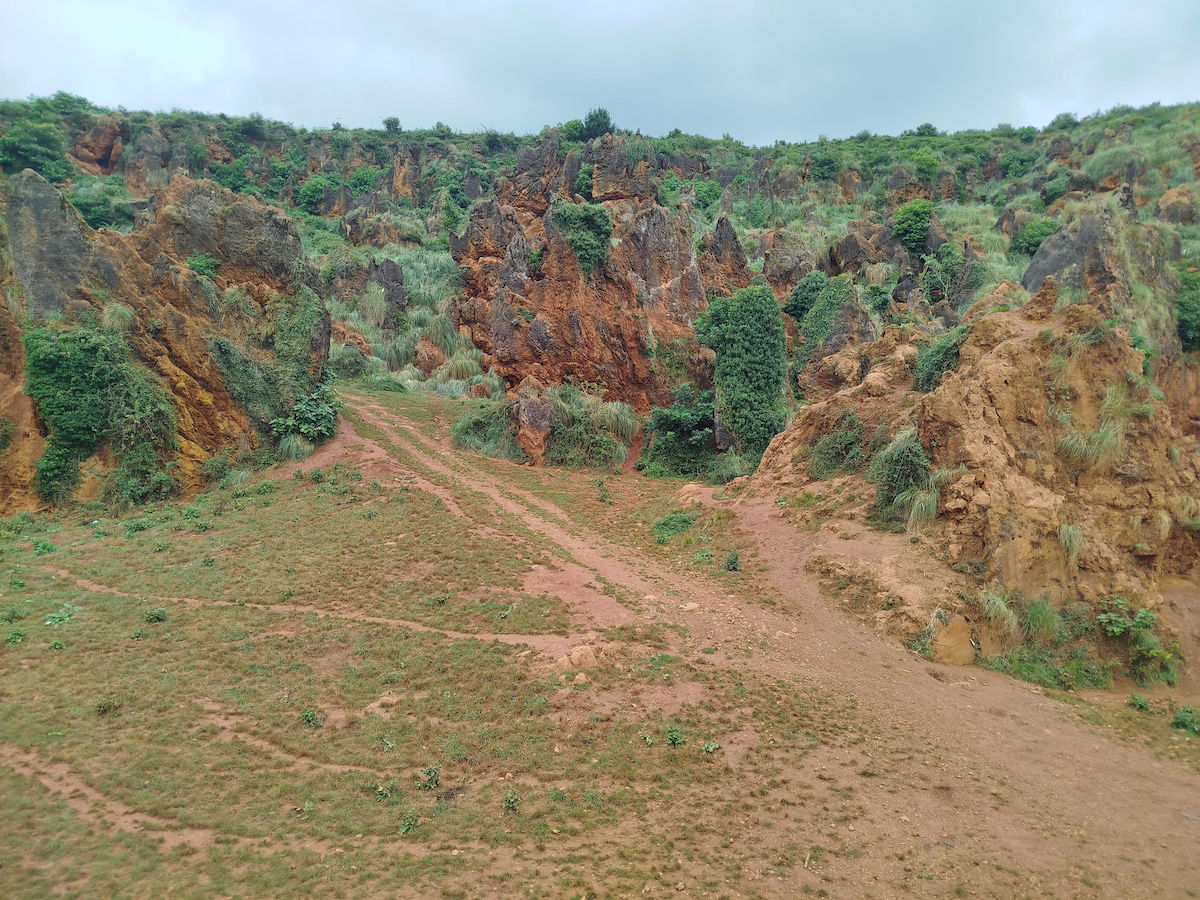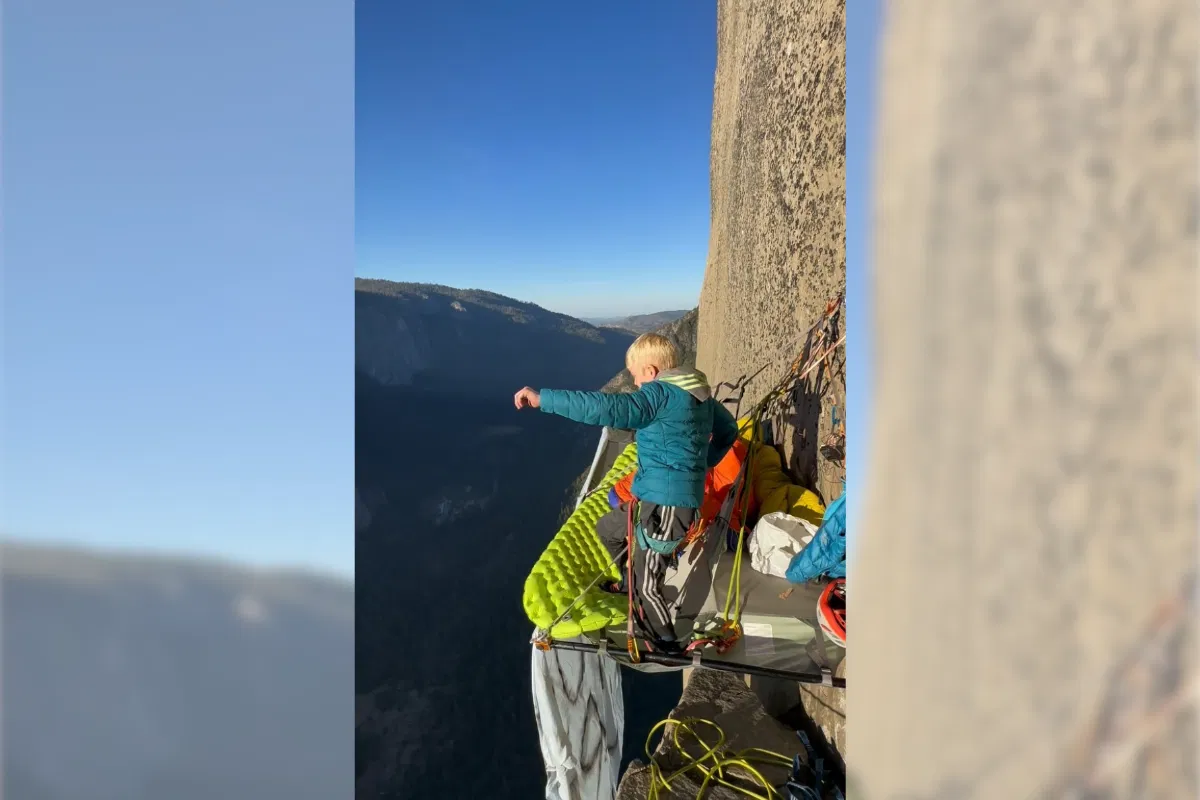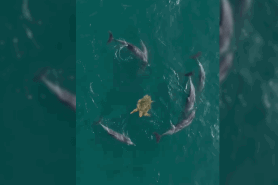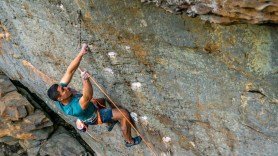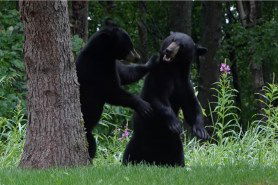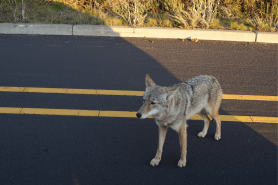

When pro skier Owen Leeper strapped on a helmet cam near Jackson, Wyoming, last month, he expected to catch some sick footage of himself skiing a steep couloir. He didn’t expect to capture one of the most harrowing scenes of his skiing career.
Videos by Outdoors
When Leeper approached the couloir on Feb. 11, he was feeling confident. He’d checked the day’s forecast and scouted out the couloir a few times prior. Avalanche likelihood: moderate. Temperature: cold but sunny.
“I wasn’t too worried about an avalanche,” he said in a Feb. 13 Instagram post. “I was more worried about it being too rocky in the choke.” Leeper eased himself into the narrow couloir, careful to dodge the rocks near the mouth of the chute. “Here it goes,” he said to the camera.
Then, just a few turns in, the slope gave way.
“On the third turn it all cracked, I tried digging my hands in to stop me from sliding, but the snow grabbed my skis, I tried to reach for my airbag, but my shoulder was buried in the snow and I couldn’t get to it before bracing for impact on the rocks,” Leeper wrote.
He threw an arm out to protect his head as he careened through the rocks. Shortly after, he felt an excruciating pain in his shoulder. It had popped out of its socket during the fall.
“Miraculously I bounced over the last section of rocks into the snow,” he wrote. “I came to a stop and all the snow flushed down further.” The avalanche was over, but the shoulder was badly dislocated and too painful to self-evacuate. So, Leeper called a friend, then Teton County Search and Rescue. He was airlifted and taken to the hospital. There, he had the shoulder relocated. Leeper later wrote that he’d also torn his rotator cuff and labrum, the socket of soft tissue that helps hold the shoulder in place, and bruised a bone. He also received several stitches in one of his knees.
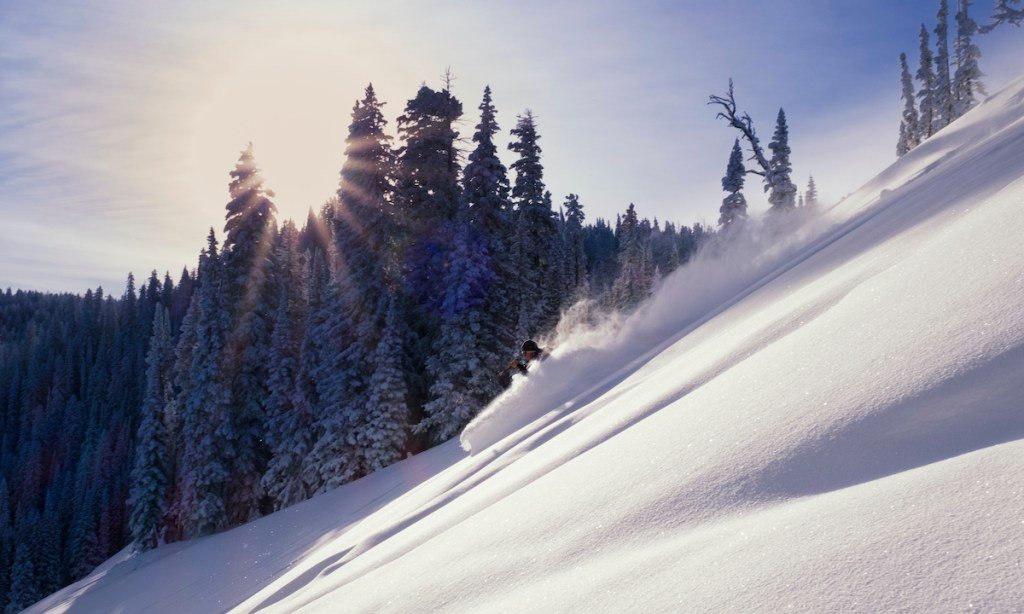
The Rocky Mountains have seen record numbers of human-triggered avalanches this year. So far, 14 backcountry recreationists have died and many more have gotten caught or buried. But as a professional athlete, Leeper was well aware of these risks and statistics going into his ski day on Feb. 11. He doesn’t show any indication that he’ll stop skiing after he’s recovered. However, he does say the incident was an important reminder for him about the inherent risks of big-mountain sports.
“Every day in the mountains is risky, there isn’t one day of the season where the avalanche danger is ‘none,’” Leeper wrote in his original post. “Every backcountry skier understands the risks. The important thing is to minimize risks where possible, but you can’t remove all risk while pursuing extreme skiing. I feel very lucky I made it out with minor injuries. I will definitely think about this crash every time I’m out.”
